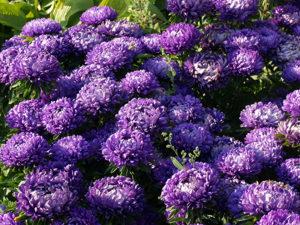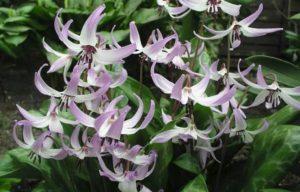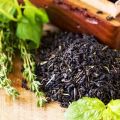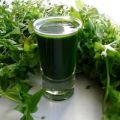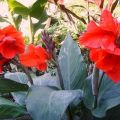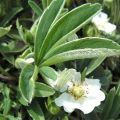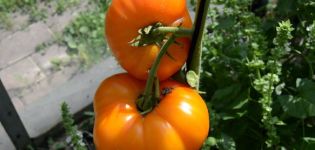Medicinal properties and contraindications of Aconite herb, how to collect and store correctly
Aconite is an herb whose medicinal properties are used to reduce inflammation, heal wounds, and combat chronic and cardiovascular disorders. The plant is popularly called the "fighter". Its use for the treatment of many diseases has its roots in antiquity. The herb is popular, for the most part, in folk medicine.
The chemical composition of aconite
In its pure form, the plant was bred by two German medical researchers. Toxic grass precisely in the roots contains the largest amount of dangerous alkaloids.
The chemical composition of organic compounds is divided into three groups:
- the first is a type of aconitine, which includes an aconine base and various acids;
- the second is a type of heteritizin, which includes a lactone ring with various radicals;
- the third is a type of antizine containing a perhydrophenanthrene nucleus.
The leaves and stems contain many different trace elements, mineral salts, vitamin C.
Important: since the plant is highly poisonous, taking drugs based on it is carried out under the strict supervision of doctors.
The healing properties of the plant
The medicinal plant has a wide spectrum in medicine and homeopathy, due to its rich composition and beneficial properties.
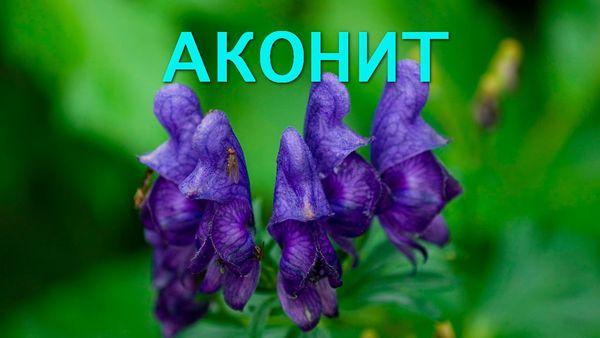
Its therapeutic actions are diverse, therefore they are used for the purpose of:
- anesthetize;
- relieve cramps;
- stop the inflammatory process;
- cause increased sweating;
- destroy bacteria;
- relieve allergy symptoms;
- calm down.
In addition, the herb has an estrogenic, diuretic and antimicrobial effect.
The drugs treat the following diseases:
- arthritis;
- osteochondrosis;
- tuberculosis;
- ulcer;
- oncology;
- venereology;
- epilepsy;
- cardiovascular pathology.
Tinctures and ointments are used to rub sore muscles and ligaments.
 How to collect and store?
How to collect and store?
For the preparation of home medicine in traditional medicine, dry leaves and tubers of the plant are used. Before collecting them, you must wear gloves so that there is no prolonged contact of the plant with the skin.
Important: even with minor damage, aconite releases a toxic dose of juice.
Tubers are harvested from mid-August to mid-autumn. Having dug up the plant, you should separate the tubers from it and clean them from the ground. Then rinse them in cold water and leave to dry under a canopy or in an oven.
The best time to harvest the leaves is in May, before the plant has bloomed. The collected and clean raw materials are dried in the sun and dried under a canopy. After drying, the color should not change. One kilogram of dry product can be obtained from 4 kilograms of fresh raw materials.
The dried plant is stored in canvas bags or in opaque containers. It is better to put the product on top shelves inaccessible to children or in closed closets. You can use the collected grass for no more than two years.
Application in traditional medicine
The plant is used in home recipes for many pathologies. It is used in various forms, but more often it is tincture and ointment. Many years of practice have proven their effectiveness.
Tincture for the treatment of cardiovascular diseases
The atisin composition of the plant has a beneficial effect on the human cardiovascular system. It activates cellular metabolism, normalizes heart rate and respiration.
To prepare the tincture, you need to take 10 grams of tubers. Then they should be crushed and filled with 5 glasses of vodka or an alcohol solution and left to be stored for three days. The place must be protected from sunlight.
It should be taken as follows: drip 2 drops into a spoon and drink a large amount of liquid.
This should be done before eating. The healing effect will occur if the tincture is taken regularly.
Tincture for the treatment of migraine and toothache
The herb is good for anesthesia, so the tincture is actively used when a head or a tooth hurts. The medicine is made according to the following recipe. You should take half a liter of vodka and 20 grams of dry plant tubers. All should be mixed and insisted for 5-7 days.
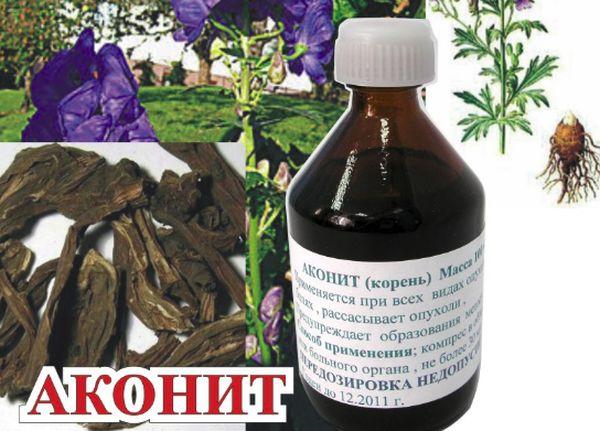
For migraines, a ready-made solution of 1 teaspoon is rubbed into the area of the pain location. The procedure is recommended to be performed before bedtime. For a toothache, the tincture is rubbed into the disturbed area.
If the patient tolerates the composition of the solution well, you can take a large spoonful of the solution. The therapy is carried out for at least one month.
Tincture for external use
Tincture is used for diseases and inflammations of the skin, melanoma, dermatosis, erysipelas. Outwardly, it is used for the following diseases:
- with joint inflammation;
- degenerative-dystrophic pathology of the joints;
- myopathy;
- sciatica.
For therapy, you should take a piece of gauze, a bandage, apply the prepared tincture. The moistened material is rubbed into the skin twice a day. The course is 30 days.
Infusion for the treatment of duodenal ulcers
Homemade solution is used for the symptoms of peptic ulcer diseases. For tincture, dried leaves are taken in an amount of 20 grams and half a liter of alcoholic liquid. The ingredients are crushed and infused in a dark room.
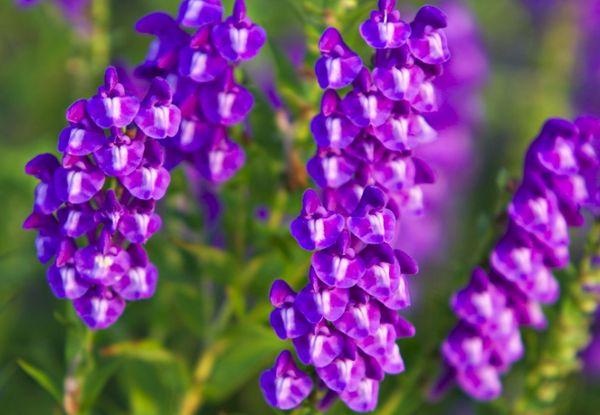
You need to drink a healing infusion three times a day. A serving is 1 tablespoon.
Decoction for washing wounds and boils
For the treatment of purulent formations, a decoction of the plant tubers is prepared. Raw materials are crushed and filled with boiling water. Then it is placed on the stove and boiled for 15 minutes.
After that, the mixture is removed from the heat and filtered. Rinse the wounds with a cooled decoction. 3-4 procedures must be performed per day.
Fighter-based ointment for rheumatic pain
It is recommended to use ointments to relieve pain. To prepare them, you need to take 7 grams of chopped tubers and a glass of vegetable oil. The products are mixed and boiled in a water bath for 15 minutes.
The cooled ointment is applied with a thin layer to the area of concern with massaging movements. The procedure is performed 2-4 times a day. The ointment does not cause irritation, does not dry out the skin and is well absorbed.
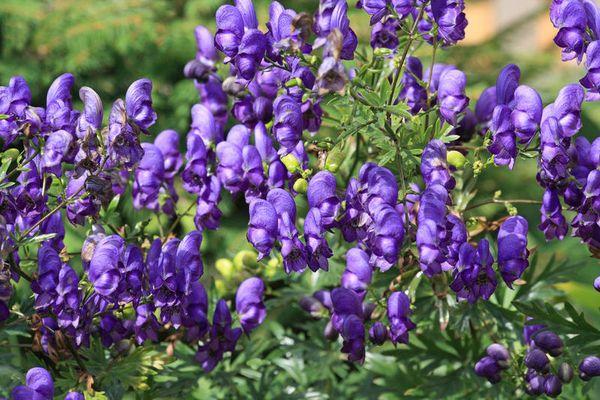
Precautions
The plant is very poisonous, so you should be careful when dealing with it.After work, you need to wash your hands thoroughly with soap and water.
With prolonged contact with aconite without protective gloves or with an increase in the external dose, a person may feel:
- burning;
- itching;
- nausea;
- vomiting;
- numbness of the limbs, tongue, cheeks;
- labored breathing.
At the first sign, you should call emergency help, as poisoning can be fatal. Before the arrival of doctors, you need to drink a lot of salt water and activated carbon.
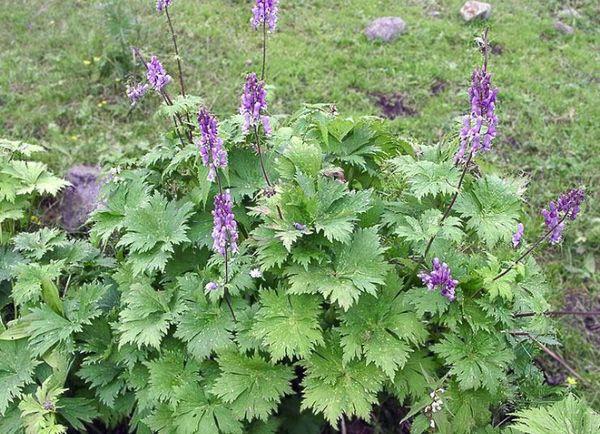
Contraindications
The plant is quite dangerous, so you should not experiment without consulting your doctor. The therapy has contraindications:
- for pregnant and lactating women;
- children under 18;
- if you have an allergic reaction;
- with typhoid fever;
- liver dysfunction;
- with low blood pressure;
- people with hypotension.
Reducing the toxicity of the plant in homeopathic use occurs with the help of specially selected doses.
Aconite leaves and tubers are of interest for treatment in folk recipes. Tinctures and decoctions are recommended for use in complex treatment. They can be used as an effective alternative oncology.
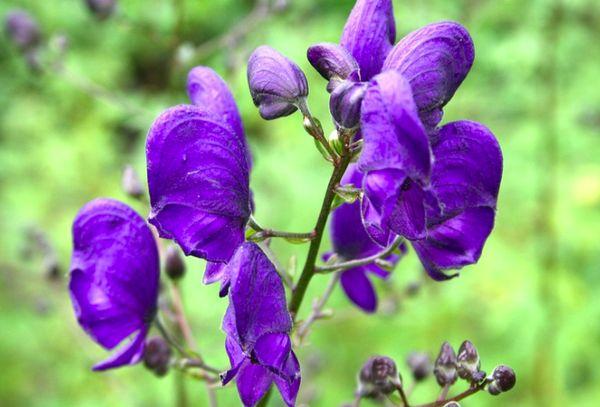 How to collect and store?
How to collect and store?